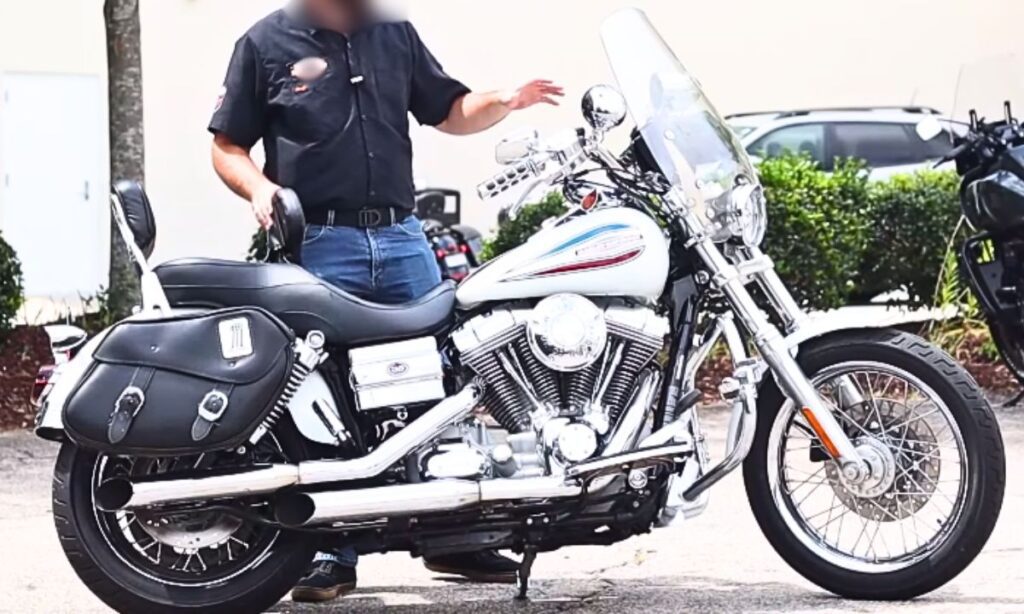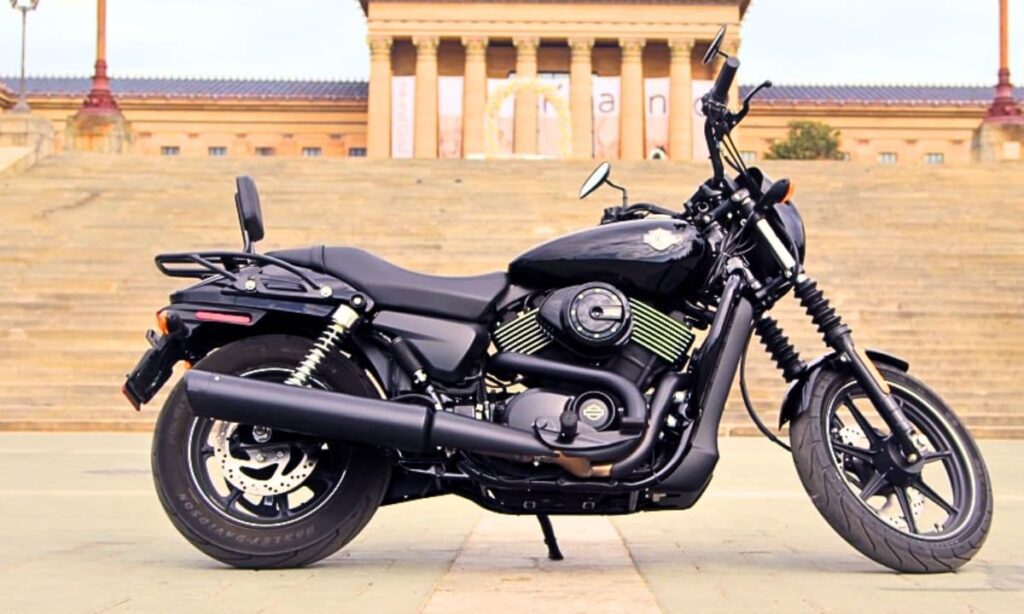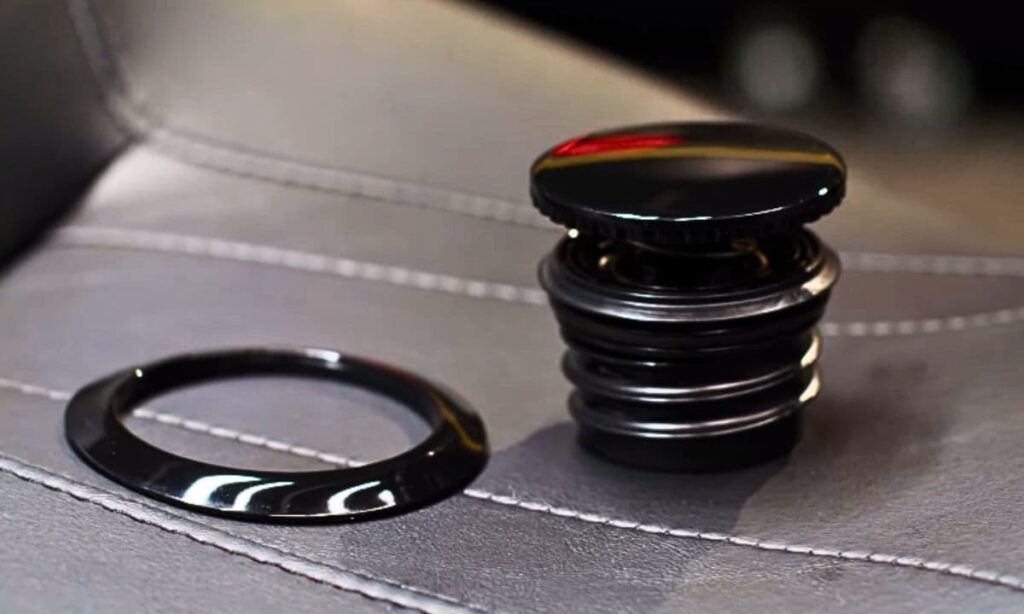The 2006 Dyna Super Glide, a notable model in the Harley-Davidson lineup, is known for its classic cruiser aesthetic and powerful performance.
However, like any mechanical marvel, it is not without its share of challenges.
In this article, we will dive into some of the common problems faced by owners of this specific model and understand their potential solutions.
2006 Dyna Super Glide Problems
One of the common problems reported with the 2006 Dyna Super is related to the faulty wiring harness.
Another reported issue is vibration-induced damage, particularly to the exhaust system and the fairing mounts.
However, some owners have reported issues with the fuel system, including a faulty fuel gauge and occasional fuel leaks.

1. Electrical Issues
Faulty wiring, poor battery connections, or a weak alternator could result in various ways, such as dim headlights and flickering instrument panel lights.
To diagnose and possibly fix the issue, the first step is a thorough visual inspection of the wiring, looking for any signs of wear, fraying, or corrosion.
Pay special attention to the connections, ensuring they are secure and clean.
Next, test the battery. You can do it with a multimeter, checking if the voltage matches the specified 12.8 volts for a fully charged battery. If the battery is not holding a charge, it may need replacing.
The alternator can also be tested using the multimeter. Check the voltage when idle and at 2000 RPM. If the voltage does not increase with RPM, the alternator may be at fault.
Remember, when dealing with electrical issues, it’s essential to disconnect the battery before starting any work to avoid short circuits or personal injury.
2. Starting Issue
This problem often manifests as the bike not starting at all or the engine cranking without ignition.
These issues could stem from a variety of factors, including a weak or dead battery, corroded battery terminals, a faulty ignition switch, problems with the fuel system, or a worn-out starter.
To troubleshoot this issue, you can start by checking the battery. Use a multimeter to measure the battery’s voltage.
If it’s below 12.6V, you might need to recharge or replace the battery.
Next, inspect the battery terminals for signs of corrosion and clean them if necessary. If the problem persists, check the ignition switch and the starter for signs of wear and tear.
Lastly, inspect the fuel system to ensure it’s delivering fuel to the engine properly.
3. Brake Issues
The braking problem often result as a lack of responsiveness when applying the brakes, leading to extended stopping distances and potentially hazardous riding situations.
It can be due to a degradation of the brake fluid, which can lose its effectiveness over time due to contamination or moisture absorption.
To address this, it’s recommended to replace the brake fluid every two years or according to the instructions.
Another notable issue is with the brake pads themselves; they can wear down over time and require replacement.
To check the condition of your brake pads, inspect the thickness of the pad material. If it’s less than 1/4th of an inch, it’s time to replace them.
Lastly, the braking issue could be due to a problematic master cylinder, which controls the amount of force applied to the brakes.
If the master cylinder is malfunctioning, it could inhibit the braking power of the motorcycle. In this case, a professional mechanic should inspect the master cylinder.
4. Suspension Issues
A common issue that many 2006 Dyna Super Glide owners have reported concerns the suspension.
Particularly, riders have spoken about a harsh ride quality that can feel uncomfortable over longer journeys or rougher road surfaces.
The root of this problem often lies in the rear shocks, which, on the 2006 model, may lack the necessary damping capabilities.
This can lead to excessive jolts being transferred to the rider, thereby compromising ride comfort.
Here’s a simple guide to diagnosing and fixing the issue:
- Begin by visually inspecting the rear shocks. Look for any signs of oil leakage, damage or excessive wear.
- Perform a compression test by applying weight to the rear end of the bike and releasing it.
- If the bike rebounds quickly or bounces more than once, this could indicate a problem with the shocks.
- If the above tests confirm a suspension issue, consider replacing the rear shocks. Numerous aftermarket options offer improved ride quality and are relatively easy to install. Choose a shock with good user reviews and compatible with the 2006 Dyna Super Glide.
- Follow the manufacturer’s instructions for installation. Make sure to properly torque all bolts and double-check your work before hitting the road.
- Finally, take a short ride to test the new setup. The difference in ride quality should be noticeable immediately.
5. Excessive Vibration
One issue that users often encounter is excessive vibration, particularly at high speeds.
This shaking can range from a slight tremor at the handlebars to a violent shudder throughout the whole bike, creating discomfort and potentially affecting handling.
Harley-Davidson motorcycles are known for their signature “rumble,” but excessive vibration can indicate mechanical problems.
The source of such vibration can vary but typically involves the engine mounts or the wheel alignment.
The engine mounts, holding the engine to the frame, can wear out or break. A damaged engine mount can cause the engine to move slightly during operation, leading to vibration.
Improper alignment of front and rear wheels can lead to uneven tire wear, affecting the bike’s balance and causing it to shake.
- For engine mounts, inspect them for signs of cracks or damage during regular services. Replace immediately if you notice any signs of wear.
- For wheel alignment, it is a good practice to get your wheels aligned regularly or if you notice a change in handling. Consult your motorcycle manual for the manufacturer’s recommended service intervals.
6. Heat Displacement
The motorcycle’s design results in more heat dispersal towards the rider, leading to discomfort, especially during long rides or in hot weather.
To fix this issue, you should consider investing in heat deflectors, which are designed to redirect heat away from the rider.
These are available in various designs and finishes, allowing you to choose the best fit for your bike.
Heat deflectors are commonly made from high-quality materials like leather or metal, ensuring durability and long-term use.
Secondly, installing an oil cooler can significantly reduce the operating temperature of your motorcycle’s engine, thus mitigating the heat displacement issue.
Oil coolers work by circulating oil away from the engine to a small radiator, where the oil is cooled before returning to the engine.
Lastly, incorporating ceramic coating on the exhaust system can also assist in reducing heat displacement.
Ceramic coatings have heat-resistant properties that help contain the heat within the exhaust system rather than radiating it outwards.
7. Transmission Issues
While some riders report smooth operations, others have faced problems related to the transmission, often rooted in the gear system.
The most common symptoms include difficulty in shifting gears, a slipping clutch, or strange noises emanating from the transmission.
The problems generally originate from a worn-out clutch, misadjusted shift linkage, or an old transmission fluid.
Worn out clutch
Over time, the friction material on the clutch plates can wear out, leading to a slipping clutch. In this case, the clutch may need to be replaced.
Misadjusted shift linkage
If the shift linkage isn’t adjusted properly, it could lead to difficulty in shifting gears. Try adjusting the linkage to see if it solves the problem.
Old transmission fluid
Transmission fluid lubricates the moving parts and helps keep the transmission cool. But old or contaminated fluid can cause the transmission to make noises or even overheat.
Changing the transmission fluid at recommended intervals can prevent these problems.
8. Fuel System Problem
One common issue reported is related to the fuel pump failure. The symptoms of a failed pump could be difficulty starting the bike, stalling, and reduced fuel efficiency.
Fuel pump failure is often due to long-term wear and tear or the build-up of debris in the fuel system. To rectify this, the fuel pump may need to be repaired or replaced.
Another fuel system problem is the appearance of rust in the fuel tank.
The presence of rust can contaminate the fuel and block the fuel lines, leading to inefficient combustion and engine performance issues.
In such cases, the rust needs to be thoroughly cleaned from the tank, and the fuel lines should be inspected for blockage.
Another issue is related to the fuel injector. Clogging or leaking fuel injectors can result in poor engine performance, reduced mileage, and rough idling.
Regular servicing can prevent these issues, but in severe cases, injector replacement might be necessary.
9. Rust and Corrosion
Rust and corrosion are not just cosmetic; they can significantly impact the bike’s performance and safety levels.
Rust, a form of iron oxide, results from a chemical reaction between iron (in the steel parts of the bike) and oxygen in the presence of moisture.
Corrosion, on the other hand, is a more general term that describes the disintegration of any material into its constituent atoms due to chemical reactions with its surroundings.
In the case of a motorcycle, it can happen due to exposure to environmental factors like salt, humidity, or pollutants.
To resolve this issue, regular washing and drying of your bike can help eliminate moisture and harmful chemicals that settle on the metal surfaces.
Using anti-corrosion sprays that displace moisture can also help, especially on the hard-to-reach parts.
If, despite your best efforts, rust or corrosion still occurs, don’t fret. For superficial rust, a simple scrubbing with a brush and a mixture of baking soda and water can often do the trick.
For more stubborn rust or corrosion, a rust remover may be needed. After the rust is removed, be sure to apply a coat of wax or rust inhibitor to prevent future rusting.
2006 Dyna Super Glide Specs:
| Specifications | Details |
| Performance & Power | |
| Top speed | 115 mph |
| Max power | 67 bhp |
| Max torque | 81 ft-lb |
| 1/4 mile acceleration | 13.5 secs |
| Tank range | 135 miles |
| Engine & Transmission | |
| Engine type | 4v air-cooled V-twin |
| Engine size | 1580cc |
| Transmission | 5 gears |
| Frame & Suspension | |
| Frame type | Steel twin double cradle |
| Front suspension | None |
| Rear suspension | Preload |
| Brakes & Tires | |
| Front brake | Single 300mm disc |
| Rear brake | Single 292mm disc |
| Front tire size | 90/90 x 21 |
| Rear tire size | 160/90 x 16 |
| Fuel & Weight | |
| Fuel capacity | 19 litres |
| Bike weight | 295kg |
| Economy & Costs | |
| Average fuel consumption | 43 mpg |
| Annual road tax | £111 |
| Annual service cost | £320 |
| Insurance group | 15 of 17 |
| Additional Information | |
| New price | – |
| Used price | – |
| Warranty term | Two year unlimited mileage |
| How much to insure? | – |
2006 Dyna Super Glide User Reviews:
By Larry Wright
“Having owned Harley’s and a number of various makes of both British and Japanese motorcycles I considered this as the best of the bunch ,Great for the long haul or just back and forth to work or my usual 600 or 800 mile weekend jaunts.while not the fastest bike I’ve owned it’s quick and nimble enough,and it doesn’t mind if its just you or your riding two up.”
By Greybeard
“The 1998 FXDWG is as beautiful as it is rideable. Classic Harley quality, ride, comfort, and feel. These bikes are getting scarce as they were the last year of the EVO engine, and one of the most dependable of all HDs.” Source: motcyclenews.com

Tonmoy, the brains behind the influential motorcycle-focused website, TwoWheller.com, is a dedicated and passionate advocate for biking culture. Born and raised in a family of motorcycle enthusiasts, his love for two-wheeled transportation was ignited at an early age. His commitment to providing in-depth reviews and helpful tips for riders has established him as a respected figure in the motorcycle community.

